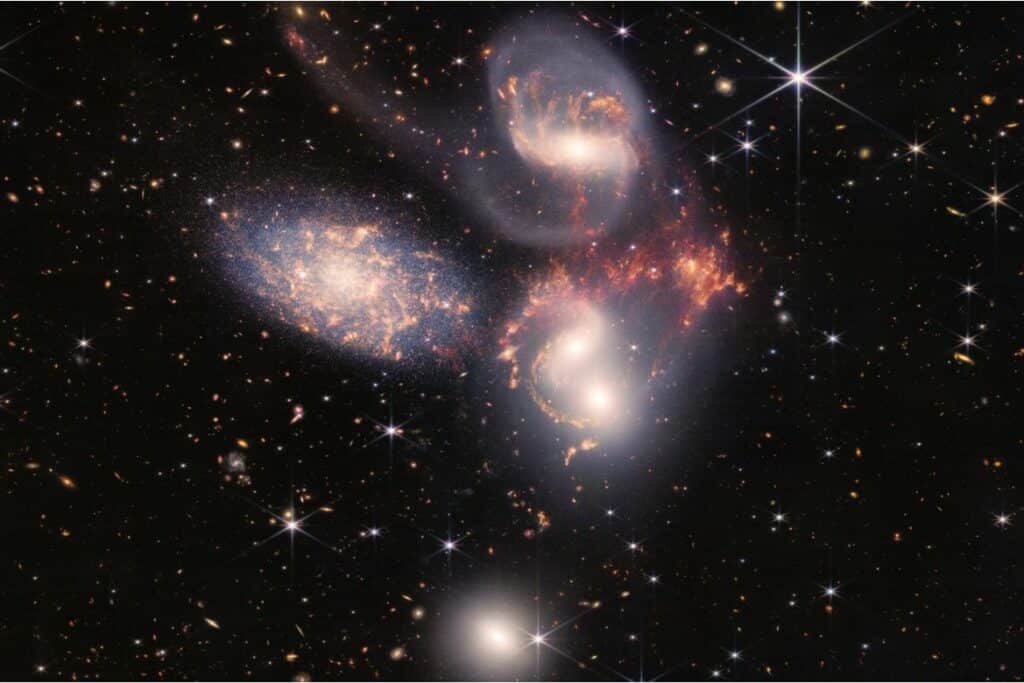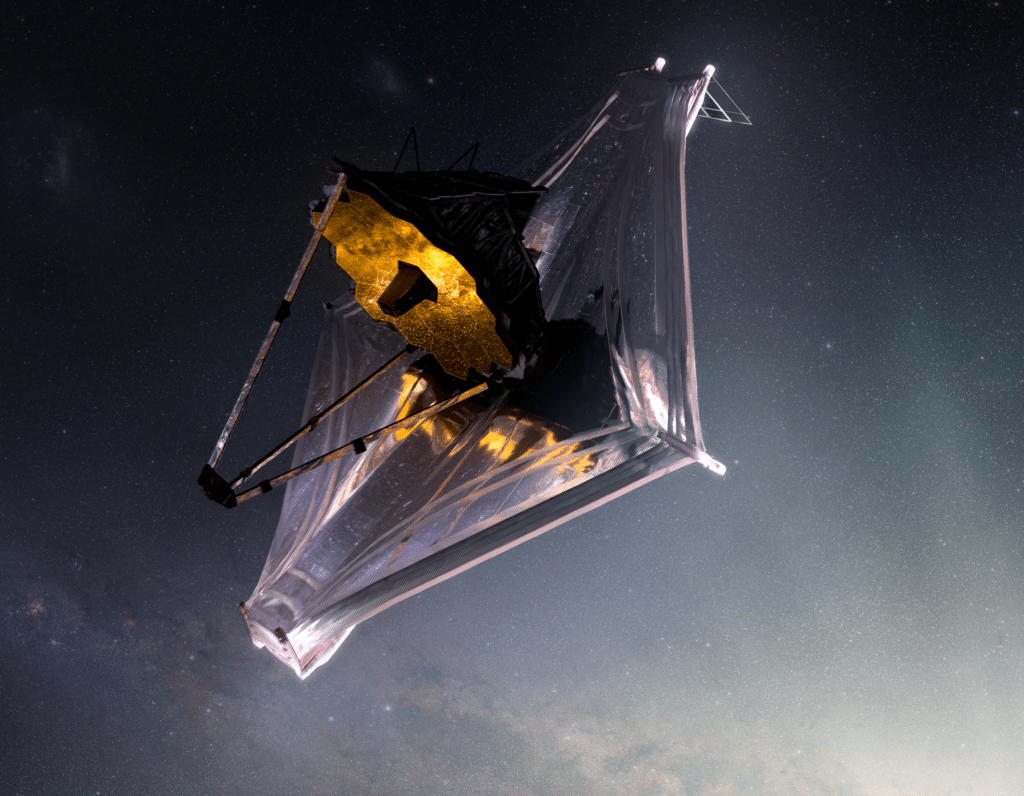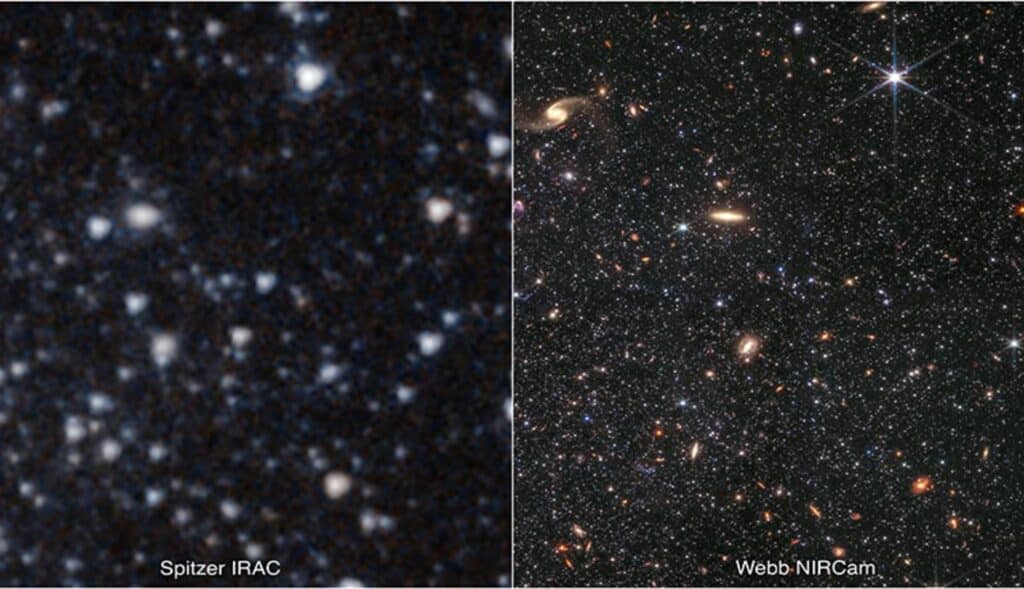A neighboring galaxy is providing unprecedented insights into the early universe. Utilizing data from NASA’s James Webb Space Telescope, the Wolf–Lundmark–Melotte (WLM) galaxy is serving as a key focal point for understanding star formation over billions of years ago.
WLM is an “irregular” galaxy without a distinct shape, like a spiral or ellipse, discovered over a century ago and known for being an active center of star formation. Scientists from Rutgers University in New Brunswick, New Jersey, meticulously cataloged the ages of stars within WLM, offering a detailed chronology of its stellar evolution.
“In looking so deeply and seeing so clearly, we’ve been able to, effectively, go back in time,” says study lead author Kristen McQuinn, an assistant professor in the Department of Physics and Astronomy in the School of Arts and Sciences at Rutgers University, in a media release. “You’re basically going on a kind of archaeological dig, to find the very low mass stars that were formed early in the history of the universe.”

One of the study’s core achievements was the extensive use of the Amarel high-performance computing cluster at Rutgers, enabling the team to perform a significant calculation 600 times to delineate the galaxy’s stellar history accurately. This computational effort not only aided their research but also helped validate the telescope’s calibration and data processing methods, benefiting the wider scientific community.
WLM’s isolated position at the edge of the Local Group of galaxies has kept its star population relatively untouched, making it an ideal subject for studying the pristine conditions of the early universe. By analyzing the colors and brightness of stars within WLM, researchers were able to determine their ages and, consequently, the galaxy’s star formation history. This method revealed that WLM’s capacity to produce stars has fluctuated over time, with a notable pause in activity believed to be caused by the high temperatures of the early universe.
“The universe back then was really hot,” explains McQuinn. “We think the temperature of the universe ended up heating the gas in this galaxy, and kind of turned off star formation for a while. The cool down period lasted a few billion years and then star formation proceeded again.”

The research is part of NASA’s Early Release Program, aimed at demonstrating the Webb telescope’s potential and assisting astronomers in planning future observations. Launched in December 2021, the Webb telescope represents a significant advancement in our ability to study the cosmos, from the conditions of the early universe to the search for exoplanets.
“There’s a lot of science that’s going to come out of this program that hasn’t been done yet,” notes McQuinn, highlighting the anticipation surrounding future discoveries made possible by this pioneering research.
The study is published in The Astrophysical Journal.












